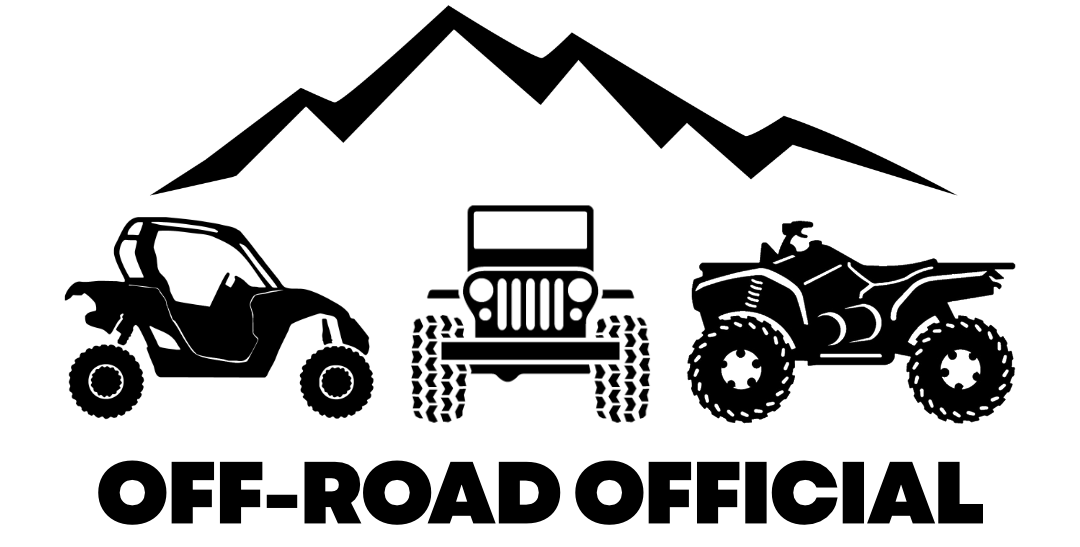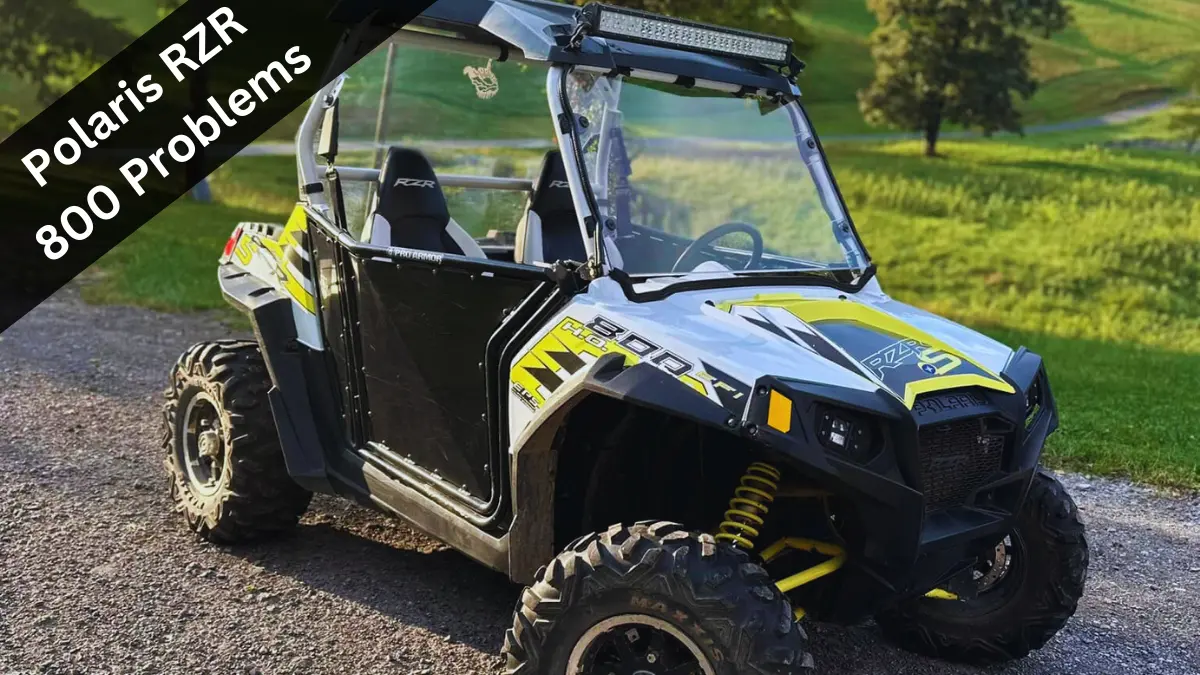The Polaris RZR 800 was one of the best sport side-by-side options you could buy during their production run starting in the late 2000’s.
And all these years later, these models still make for one of the best values you can find for cheap on the used side-by-side market.
If you’re considering buying one of these models, I’d highly recommend reading this full review of the RZR 800 and RZR 800S to understand all of their best and worst qualities.
But you should also consider that while these models seem to stand the test of time due to their high-quality builds, there are five common Polaris RZR 800 problems that you may encounter as an owner of either model.
Polaris RZR 800 Problems
The five most common Polaris RZR 800 problems are:
- The pinion nut destroying the rear differential
- Air filter letting too much dust into the engine
- Oil pressure relief valve gives out leading to a blown engine
- Springs sag over time
- Engine overheating
This guide will detail each problem along with proven fixes.
RZR 800 Pinion Nut Destroying The Rear Differential
By far the most common problem with the Polaris RZR 800 is with the pinion nut on the rear differential, which is really the achilles heel of these models and can lead to expensive repairs.
Up until around the time the RZR 800 was released in 2007, Polaris was known to use a steel pinion nut in their vehicles.
But around the 2008 timeframe, they began using a nyloc pinion nut which is inferior to the steel pinion nuts used previously.
Additionally, these nyloc nuts were not sealed with Loctite from the factory, leaving them more prone to not holding torque and backing off the pinion over time.
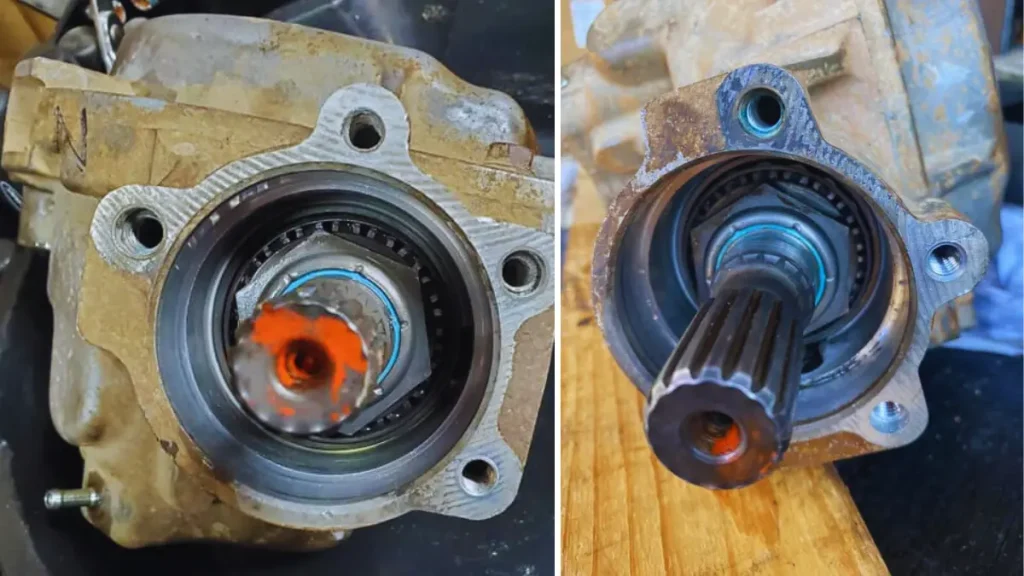
This can eventually lead to the pinion gear coming loose in the rear differential, which will take out the entire rear differential on your RZR 800.
Not only will this leave you stranded when you’re out riding, but replacing the rear differential can cost anywhere from $1K to $2K.
One of the more maddening parts of this issue is that only some of these nyloc nuts end up failing and ruining the rear differential, leaving RZR 800 owners with a lottery ticket they hope they never have to cash.
And there’s usually no warning that the pinion nut is losing torque and prone to failure, it just happens and boom…your rear differential is cooked.
This affects both the RZR 800 and 800S models of every year, so unfortunately not RZR 800 is safe from this issue…until you make the proper modification that is.
Fix – Join The RZR 800 Tight Nut Club
Some owners choose to take the risk that their pinion nut won’t fail, but you won’t catch me being one of them.
I’m all for proactively making the needed fix and safeguarding my rear differential, which comes with the added benefit of making you a member of the prestigious RZR 800 Tight Nut Club.
If you’re looking to purchase a used RZR 800, one of the first things I’d check on is whether this fix has already been made. If not, it’s the first thing I’d take care of upon becoming a new owner.
The fix itself is a bit of a pain, though. You’ll need to either tighten up the stock pinion nut to the correct torque value, or replace it with an upgraded steel nut and ensure the new one is tightened up to the correct torque value.
This involves taking apart a large portion of the backside of your RZR 800 to access these parts, which can be fairly labor intensive.
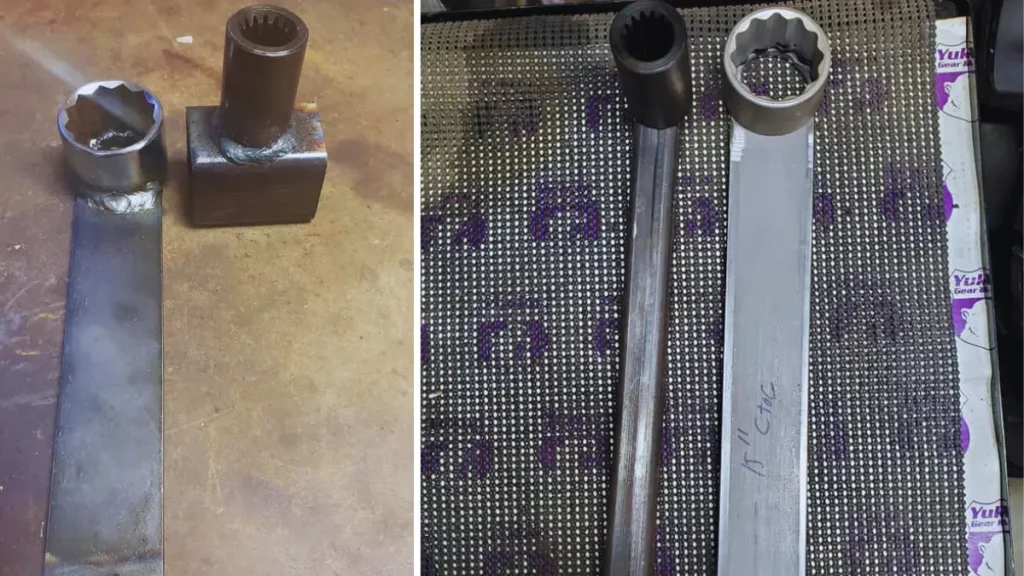
Complicating matters even more is that you’ll likely need a custom set of tools to make the proper adjustments.
There are a number of Youtube videos and forum threads that will walk you through making this repair, but you can start with the following link to get started:
RZR 800 Pinion Nut Problem & Repair
You can also request to join the RZR 800 Tight Nut Club facebook group, which is dedicated to helping owners make the needed adjustments before running into issues.
This may seem like a pain in the rear, and it can be, but it’s worth taking the needed steps to ensure your RZR 800 doesn’t end up with a blown rear differential like so many others have.
Air Filter Lets Plenty Of Dust Through
The location and design of the air filter in the RZR 800 makes for another common issue you’ll run into as an owner of one of these models.
The issue starts with the air intake, which has a large perimeter and a number of outside fasteners that connect it.
These outside fasteners, along with the larger area of the intake, actually enable unfiltered air to seep through – the exact opposite of what they’re intended to do.
This makes the engine susceptible to sucking in dust, which can lead to damage over time.
Fix
Many folks have resorted to purchasing an aftermarket filter to try and combat this, but these prove to have some of the same issues.
There are a few workarounds for this problem, but the best fix seems to be to stick with the stock air filter from Polaris but to outfit it with an OuterWears sock and an OuterWears pre-filter installed in the air intake between the seats.
This set-up should reduce the amount of dust that gets through down to almost nil.
Oil Pressure Relief Valve Gives Out
Another known issue with the RZR 800 is with the stock oil pressure relief valve, which is a small part that helps to regulate the correct amount of oil flow and oil pressure to the engine by opening and closing as needed.
The dowel in the stock oil pressure relief valve is known to become gummed up and stuck shut over time, which can lead to no oil flow to the valve train, camshaft or engine.
As you can probably guess, this is not good and can eventually lead to your engine seizing up and requiring a rebuild.
Fix
It’s best to be proactive and replace this stock part with a Pressure Guard Oil Pressure Relief Valve, which will solve the problem for you before you run into any issues.
This part will generally run you around $150, but it’s much cheaper than an engine rebuild.
Spring Sag In Stock Shock Springs
The RZR 800 stock shock springs are known to suffer from spring sag over time.
This leads to the springs sagging under pretty much any weight, including just a drive sitting inside the vehicle.
Spring sag in the RZR 800 can negatively affect the ground clearance to the point where you lose a couple of inches and begin to experience bottoming out more frequently while out trail riding.
This occurs in both the 800 and 800S models, and while you can adjust the preload setting on the springs to offset the sagging initially, eventually the sag will overtake any boost in clearance you once got from these adjustments.
Fix
The only real solution to this problem is to install aftermarket springs/shocks.
RT Pro, Highlifter, and Super ATV all offer spring and shock kits for the RZR 800, which won’t cost you an arm and a leg and will alleviate the spring sag from the stock springs.
These can generally be installed on your own if you have some minimal experience making repairs/modifications and the right tools, which will save you some coin.
These upgraded springs/shocks are more high quality than the RZR 800’s stock components, and should give you more ground clearance than you started with initially.
Overheating
Similar to a common issue experienced with Polaris Rangers, the engine in the RZR 800 is prone to overheating in the right (more like wrong!) conditions.
There are generally three main causes of this:
- Radiator clogged
- Air pocket in the coolant system
- Fan not engaging correctly
Obviously, you first want to check your coolant level and ensure that’s now low. But if that’s not the issue, one of the following likely is.
Causes & Fixes
Radiator Clogged
The RZR 800 excels at off-roading and trail riding, so you’ll often be powering these models through mud, dirt, sand, puddles, and other potentially messy conditions along the way.
These leaves the radiator prone to becoming clogged with debris over time, and these models are known to spray mud up into the location of the radiator.
If not cleaned well after each ride, the radiator will cake up with mud and other debris over time which affects its ability to cool the engine.
Be sure to clean the radiator and grill out after rides like this using a hose, especially if you’ve been riding muddy trails.
If the mud is really caked on, you may want to even remove the grill and soak it in some sort of cleaner, then spray any remaining mud out with a hose afterwards before reinstalling it.
This will help keep your engine from overheating.
Air Pocket In The Coolant System
If your radiator is free of debris and your engine starts overheating, the second most common cause of this in the RZR 800 is an air pocket that has formed in the coolant system.
Your coolant system is susceptible to letting in air any time it gets close to overheating, and this air will usually find its way into the water pump where it forms an air pocket.
This air pocket will prevent the water pump from properly pumping coolant to your engine, which then results in overheating.
The only real way to fix this is to bleed their air from your system.
Be sure to raise the front end of your vehicle a foot or so off the ground using a lift of some kind or by parking on a hill when you go to bleed it.
And if you see excessive bubbling coming from the radiator fill are that won’t let up, there’s a chance you’ve blown a head gasket.
If you suspect your head gasket is blown, you can purchase a test kit to confirm or simply replace it.
But if a head gasket goes, it will lead to more and more overheating until replaced.
Fan Not Engaging Correctly
Another common cause of overheating in the RZR 800 stems from the fan not triggering at an engine temperature low enough to be able to cool it enough before it overheats.
The fan being the cause of overheating tends to happen more often while riding at higher elevations or on hotter summer days.
There are a couple of options for overcoming this issue.
Having your ECU tuned is probably the easiest option.
Most ECU tunes will provide a number of benefits to your vehicle, one of them being that the tune lowers the temperature at which the fan engages enough that it should never not kick on in time to cool the engine and prevent overheating.
The second option is to rewire your fan to a toggle switch that you can install on the dash and use to start the fan at your discretion.
Both options should help to eliminate any overheating issues in these models.
Final Word
While the RZR 800 makes for an excellent used side-by-side option, there are some flaws that owners should be aware of and take the proper steps to prevent if possible.
For more Polaris RZR problems, check out the following guides before hitting the trails:
